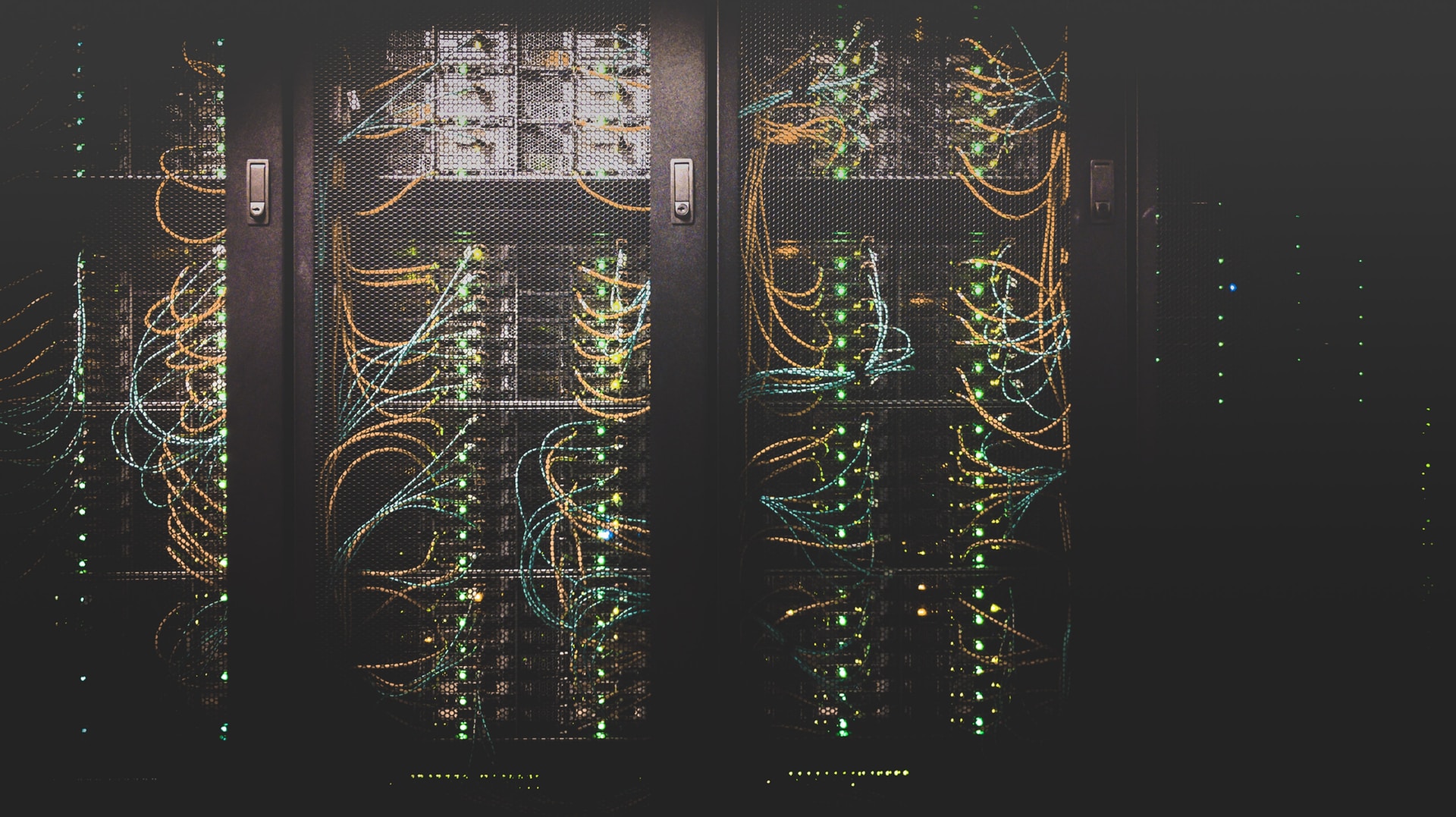Category: Configuration Management
- Backup Management
- Cloud
- ClusterControl
- Configuration Management
- Database - General
- DBaaS
- Deployment & Scaling
- Disaster recovery
- Hybrid Operations
- Hybrid-cloud
- Industry News & Events
- Logging
- Monitoring & Alerting
- Multi-cloud
- Operational Reporting
- Performance Management
- Podcast
- Recovery & Repair
- Security & Compliance
- Sovereign DBaaS
- Upgrades & Patches
The best of DBaaS news, delivered to your inbox
×
![]()












